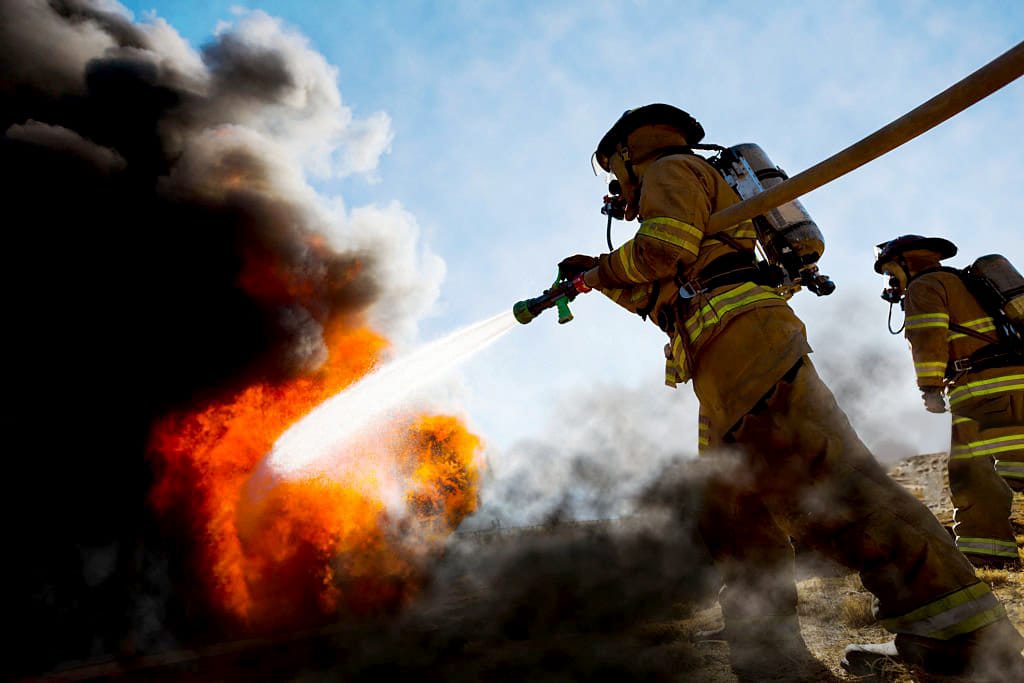
Most people think FR protection starts and ends with outerwear—but in high-heat or arc flash environments, what you wear underneath matters just as much.
Flame Resistant base layers are your hidden defense. They’re designed to keep workers safe if outer garments are compromised—and in some cases, they’re the only thing between skin and flame.
If your team wears cotton t-shirts or polyester thermals under FR gear, it’s time for a serious rethink.
Why FR Base Layers Matter
When an arc flash or flash fire occurs, the outer layer of PPE can ignite, tear, or shift, exposing what’s underneath. If that base layer is flammable, it can:
- Ignite and melt into the skin
- Burn rapidly, causing severe second- or third-degree burns
- Eliminate any benefit the FR outerwear might have provided
⚠️ Even a basic cotton undershirt can become deadly if it catches fire underneath a damaged FR jacket.
FR base layers reduce burn injury by stopping flame spread close to the skin, where it matters most.
✅ NFPA 70E specifically advises against wearing flammable underlayers beneath FR PPE.
The Dangers of Non-FR Underlayers
Let’s break down what happens when non-FR clothing is worn under FR gear:
| Material | Behavior Under Heat | Risk Level |
|---|---|---|
| 100% Cotton | Burns easily, holds flame | 🔴 High |
| Polyester | Melts, sticks to skin | 🔴 Extremely High |
| Nylon | Melts, emits toxic smoke | 🔴 Extremely High |
| FR Modacrylic | Chars but doesn’t ignite | 🟢 Safe |
| FR Wool Blends | Self-extinguishing, insulative | 🟢 Safe |
It’s not just about "not melting"—it’s about not sustaining flame. Regular fabrics do both.
Material Choices: Modacrylic, FR Cotton, Wool Blends
FR base layers need to balance softness, moisture control, and thermal resistance.
Common FR Base Layer Materials:
| Fabric Type | Benefits | Notes |
|---|---|---|
| Modacrylic blends | Lightweight, moisture-wicking, soft | Most popular for daily use |
| FR cotton | Breathable, comfortable | Affordable, but heavier feel |
| FR wool blends | Excellent insulation, natural FR | Great for cold weather layering |
| Aramid fibers (Nomex®, Kevlar®) | High heat resistance, durable | Often used in military/aviation |
✅ Look for labels like “meets ASTM F1506” or “arc-rated undergarment” for real protection.
When to Wear Base Layers (and When Not To)
FR base layers are a must when:
- Working in arc flash zones CAT 2 or above
- In cold weather where multiple layers are required
- Performing electrical troubleshooting or energized testing
- There’s a risk of outerwear tearing or partial exposure
- Crews are working in unpredictable environments (e.g., confined spaces)
You may not need base layers for:
- CAT 1 tasks with minimal hazard exposure
- Brief outdoor inspection or de-energized work zones
- If you’re already wearing a dual-layer FR coverall
✅ Rule of thumb: If it’s hot enough to need FR on the outside, you should protect the inside too.
Layering Strategies for Cold or Arc-Prone Jobs
In many climates, workers need warmth and flame protection. That’s where a smart layering system comes in.
Example Layering Setup for CAT 3 Arc Zone:
- FR Base Layer: Moisture-wicking modacrylic long sleeve shirt & leggings
- Middle Layer: FR hoodie or insulated vest (CAT 2)
- Outer Layer: Arc-rated jacket or coverall (CAT 3 or 4)
Every layer must be FR-rated to ensure flame protection is maintained through all layers.
Avoid:
- Cotton thermals
- Synthetic athletic wear (e.g., compression shirts)
- Layering non-FR items “just for warmth”
✅ Pro tip: Ask your supplier for arc-rated system testing data on layered garments.
How to Source Base Layers for Your Crew
Key things to look for:
- Arc rating (ATPV or EBT) clearly labeled
- Certification to ASTM F1506 or NFPA 70E
- Moisture control for comfort in warm environments
- Flat seams and tagless labels to avoid skin irritation
- Available in multiple sizes and fits (including women’s cuts)
Suggested base layer garments:
- Long sleeve shirts
- Thermal leggings or pants
- FR boxer briefs or undershorts
- FR socks (yes, even your feet need protection)
Many accidents involve partial exposure—it’s often the areas beneath outerwear that get burned first.
Conclusion
Your outer layer may take the heat—but it’s your base layer that could save your skin.
Flame resistant base layers provide critical last-line protection, especially in arc flash or flash fire scenarios where outer garments might fail, tear, or shift. Don’t leave workers exposed from the inside out.
When selecting FR PPE:
- Make sure underlayers are certified flame resistant
- Avoid cotton or synthetic undershirts—even for one shift
- Use layered systems to meet your required arc rating
- Educate teams on why every layer counts
Need help choosing base layers that are lightweight, breathable, and certified? I’m happy to help you build a full-body FR program—starting with the first thing your team puts on each day.
📩 Contact: [email protected]
🌐 Visit: www.workwearsolutions.net
Zion Zhang
Recent Posts
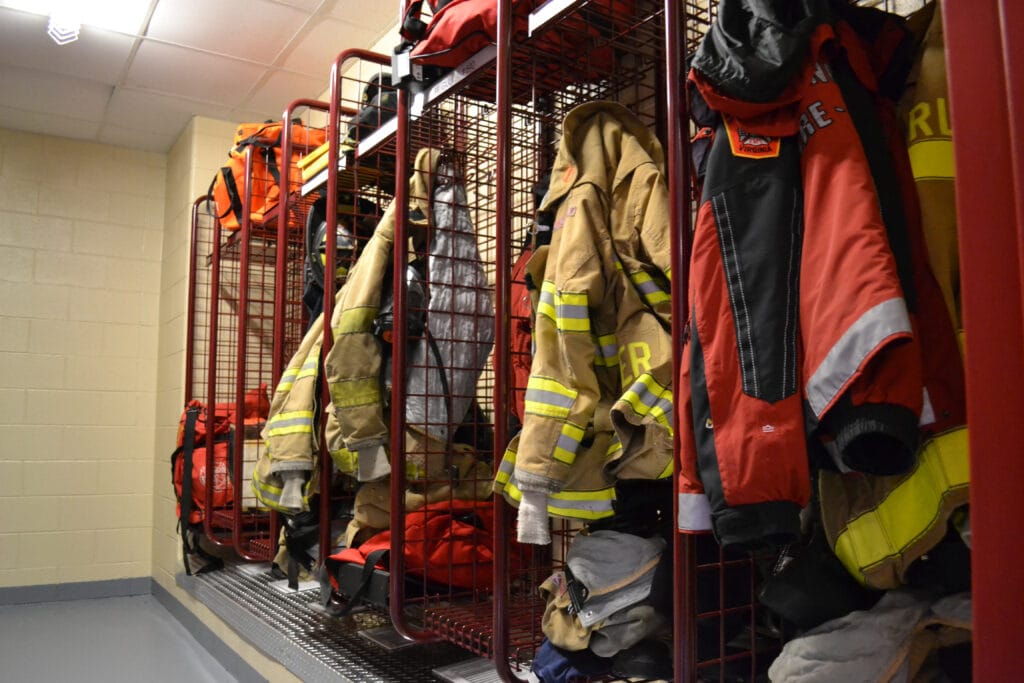 FR Coveralls vs. FR Shirt and Pants: Which Is Better for Your Team?2025年6月25日When it comes to protecting your team from heat, flame, and […]
FR Coveralls vs. FR Shirt and Pants: Which Is Better for Your Team?2025年6月25日When it comes to protecting your team from heat, flame, and […]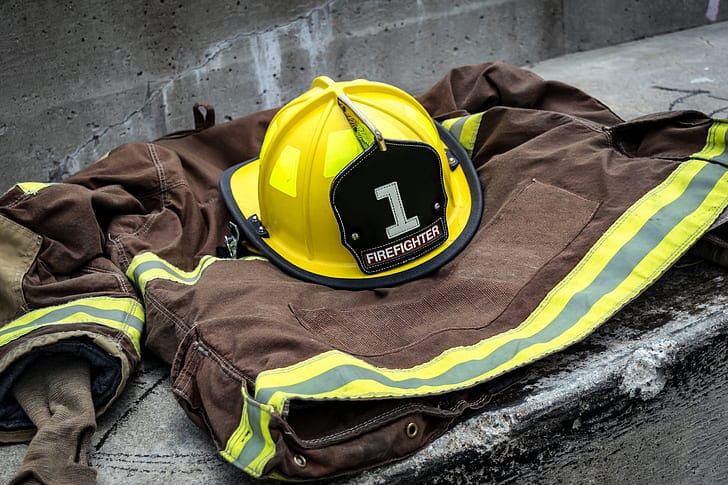 Understanding NFPA 2112 and NFPA 70E: FR Clothing Compliance Explained2025年6月25日When it comes to flame-resistant (FR) clothing, not all […]
Understanding NFPA 2112 and NFPA 70E: FR Clothing Compliance Explained2025年6月25日When it comes to flame-resistant (FR) clothing, not all […] Inherent vs. Treated FR Fabrics: Which One Should You Choose?2025年6月25日Not all FR clothing is created equal—and for many buyers, […]
Inherent vs. Treated FR Fabrics: Which One Should You Choose?2025年6月25日Not all FR clothing is created equal—and for many buyers, […]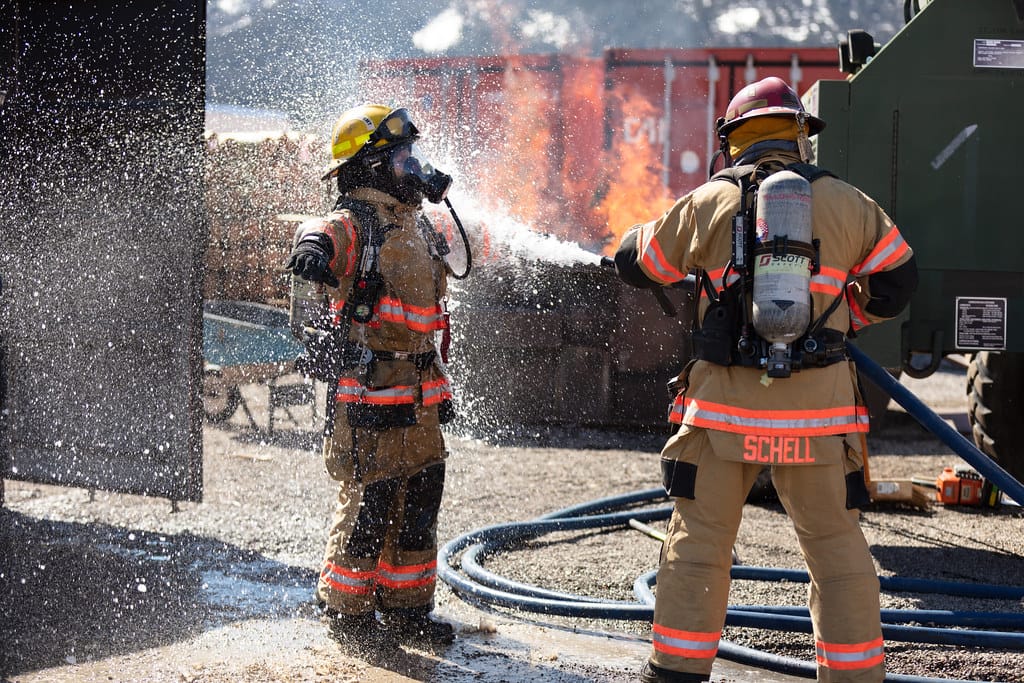 Flame Resistant Clothing: Protection Against Heat and Fire Hazards2025年6月25日When workplace hazards involve open flames, high heat, or […]
Flame Resistant Clothing: Protection Against Heat and Fire Hazards2025年6月25日When workplace hazards involve open flames, high heat, or […]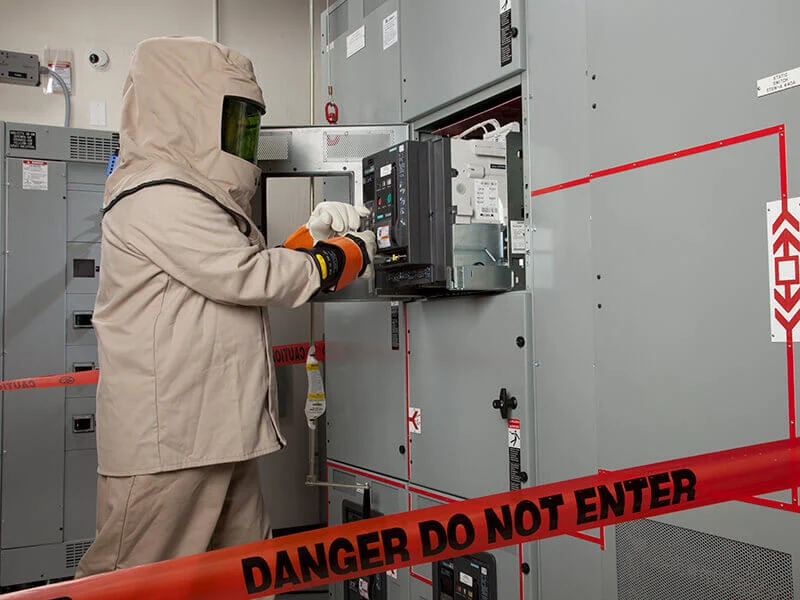 How to Conduct an Arc Flash Risk Assessment Before Selecting PPE2025年6月24日Buying arc flash PPE without a proper risk assessment is […]
How to Conduct an Arc Flash Risk Assessment Before Selecting PPE2025年6月24日Buying arc flash PPE without a proper risk assessment is […]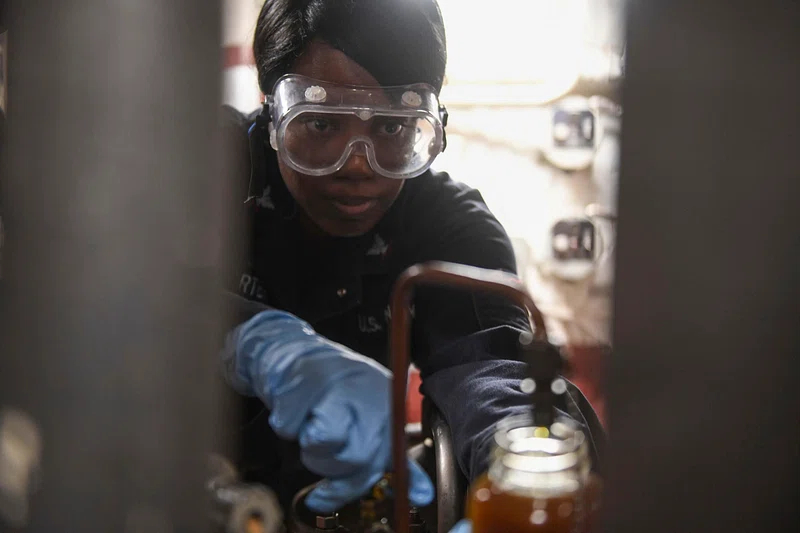 Arc Flash PPE Kits: Complete Protection in One Package2025年6月24日Building an arc flash PPE program from scratch can feel […]
Arc Flash PPE Kits: Complete Protection in One Package2025年6月24日Building an arc flash PPE program from scratch can feel […]
CONTACT US
- Feel free to contact us any time. We will get back to you as soon as we can!
- +86-17330061805
